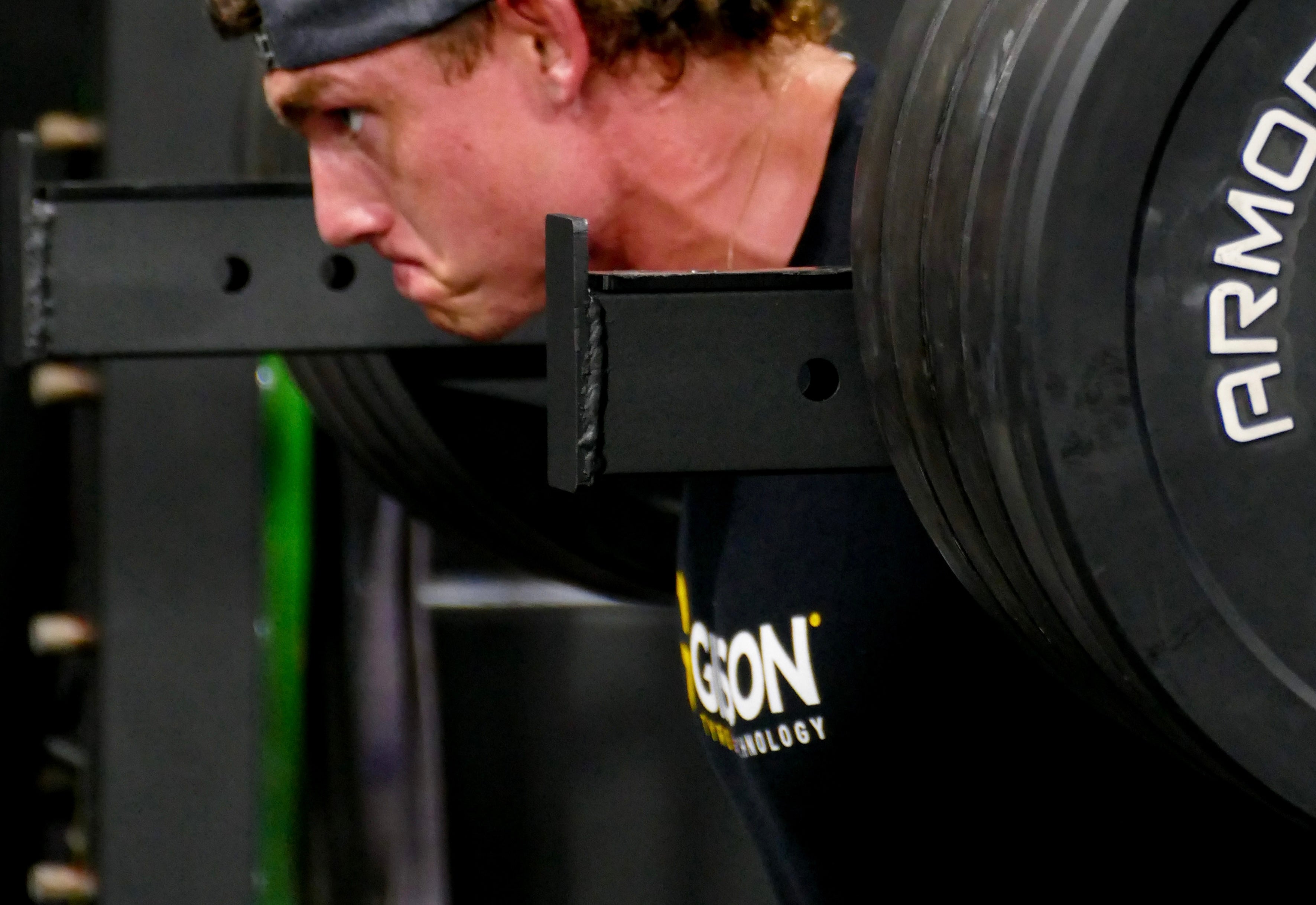
Pre-Season Neck Training For Contact Athletes
We only need to look at World Rugbys latest moves to changes the tackle height rules to see how much concussions are influencing the games that we know and love.
It's looking like the rising finger pointing from ex players towards their sports has risen and sports are having to make changes to simply attempt to improve player welfare. But, does that mean the games we've all grown up to watch and player will slow fade away from what they were?
The rise in knowledge, education and research from concussions in sport has made a huge rise over the past few years. And rightfully so.
Athletes around the world, especially within the local competitions do not have enough knowledge in the area.
Meaning if they were to suffer a head knock, they wouldn't know what to look out for. Nor would they know what to do to potentially provide some support to their collision sports.
We're only recently started to realise the effects that repeated head knocks and head accelerations are having on the human body. And that knowledge is only slowly trickling from the professional level down through to the local competitions.

Professional athletes (more so due to their exposure and awareness) are arising with more and more health issues. The more we are becoming aware of the signs and symptoms of things like Post Concussion Syndrome the more each sport is looking to alter the way their own games are played, in order to protect the players.
 Image credit to Dr. Mark Heisig
Image credit to Dr. Mark Heisig
Well, what do we do?
While the sporting world looks to think of ways to limit or lower the risk of head knocks occurring. The Strength & Conditioning world is looking to find ways to do the same, off the field.
It's questioned quite heavily whether Neck training has an influence on the severity of concussions.
One study from 2018-2019 that gets referenced a lot states "A 10% increase in extension strength was associated with a 13% decrease in concussion risk."
While other studies haven't found the same kind of results within certain sporting populations.
But, as the years are going on more of the influence on the prevention or risk management in concussions is pointing to not only Neck training, but also vision training and reaction time.

The vision training and reaction time despite being seeing as quite voodoo, and not "transferable" is starting to see positive effects. Something our in-house Physiotherpist Jess Bell has utilised with athletes with Post Concussion Syndrome.
But it will be interesting to see what place and how it could be used before athletes get concussions, not just after.
So, can we prevent it? Much, much less likely to say so.
Reduce the severity?
Reduce the risky scenarios?
Reduce the impact each collision is having slightly?
Potentially.
But, if a 5% or even 2% reduction is on the table for a couple minutes a few times a week of extra training. I, and most coaches will take it.
PROGRAMMING FOR NECK TRAINING
Last year myself and former Intern Robbie Baker put together a 12-Week Neck training periodisation overview.Make sure you give Robbie a follow on Instagram if you're wanting to learn more in the concussion space. I have no doubt he'll be one of the leading S&C's in this field with his passion and knowledge behind the topic.
The thought process coming from the increases in strength on the Neck and the ability to potentially improve the capacity of the tissues surrounding the head to resist these forces placed against it.Looking at it like any other muscle group and putting one of the most foundational principles in place while planning this, progression.
Understanding that most athletes, especially those that aren't training in High Performance facilities like Perform HQ, are doing next to no neck training.
"I'd get looked at weirdly". Is the usual response to athletes who don't do any Neck training within commercial gyms.
This means they've had no exposure and we need to slowly build up to avoid excessive soreness in the neck and head region. Especially for those who have suffered from concussions or headaches in the past.
So the way we set it up for this first macrocycle;
Phase 1 - Isometrics
Phase 2 - Eccentrics & Range Of Motion
Phase 3 - Strength
Phase 4 - Deceleration/Stiffness
An example of what the exercises look like within the program.
12 Week Neck Strengthening Program Available Here
Most have seen or done some kind of the first 3 phases. It was the last phase we were looking to question things a little. Something at HQ we are still experimenting with (on ourselves) and looking to sharpen to potentially assist this quality.
Personally i'm finding within this deceleration phase the actual stressors and adaptations have a small positive effect. But, the bigger effect is coming from the awareness of full body stiffness upon impact. Which again could potentially have some positive effect in minimising that head acceleration. Again, all speculative until we can provide clear evidence.Being within the middle part of pre-season now and contact or contact conditioning starting to rise we thought it would be the perfect time to provide exercises to add to your training.
We currently have the neck program we use with all of our athlete's and players available for those wanting to improve foundations of their neck strength.
12 Week Neck Strengthening Program Available HereKeep in mind that simply starting with some banded isometrics (for each side of the Neck) could be all you need to get the ball rolling on your own.
It's an area of training, along with visionary and reactionary training, that has plenty more research and information to come in it. Hopefully creating more and more clarity on ways we can help our athletes stay on the field but most importantly maintain their longevity post career.
Written by Isaac Davidson.